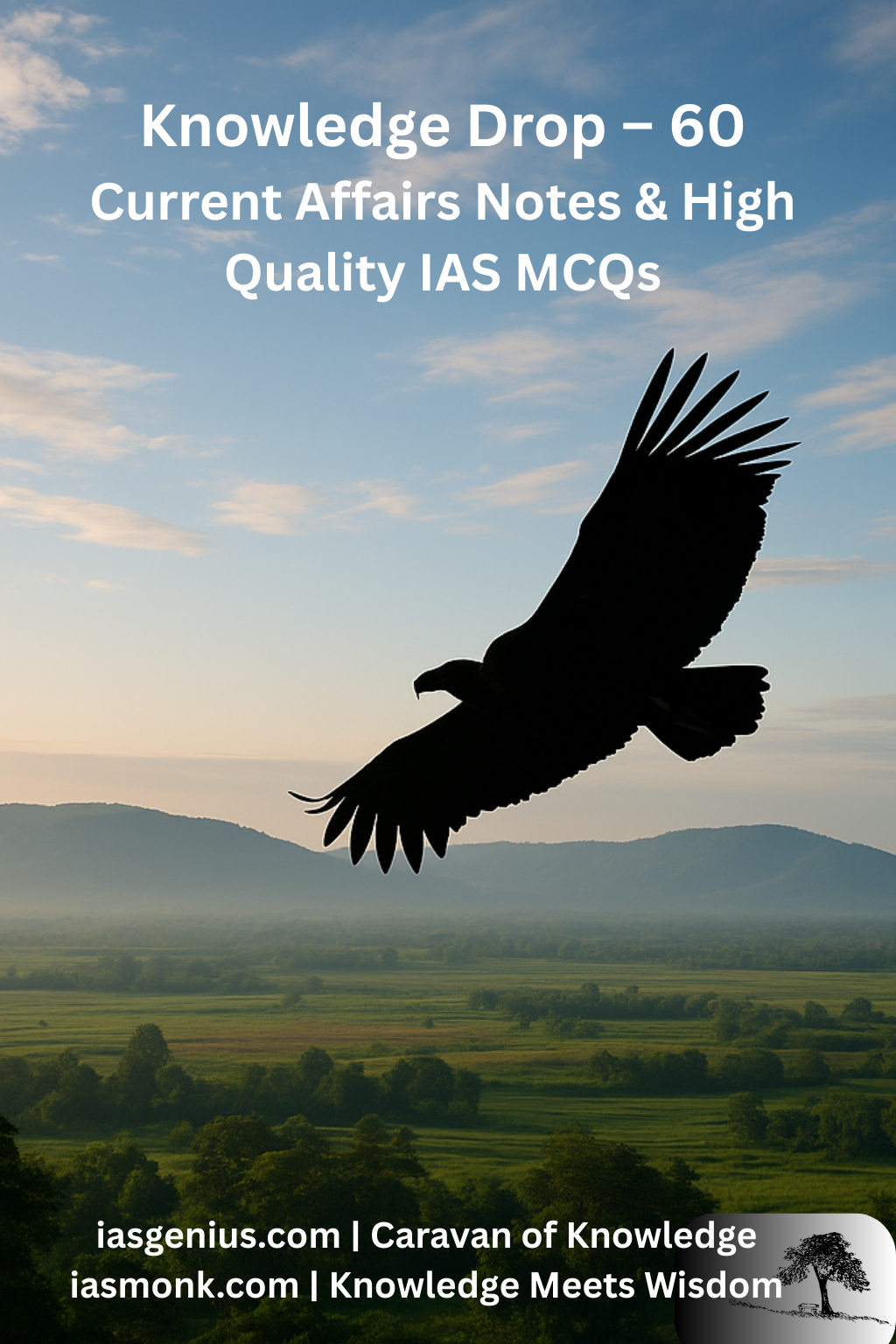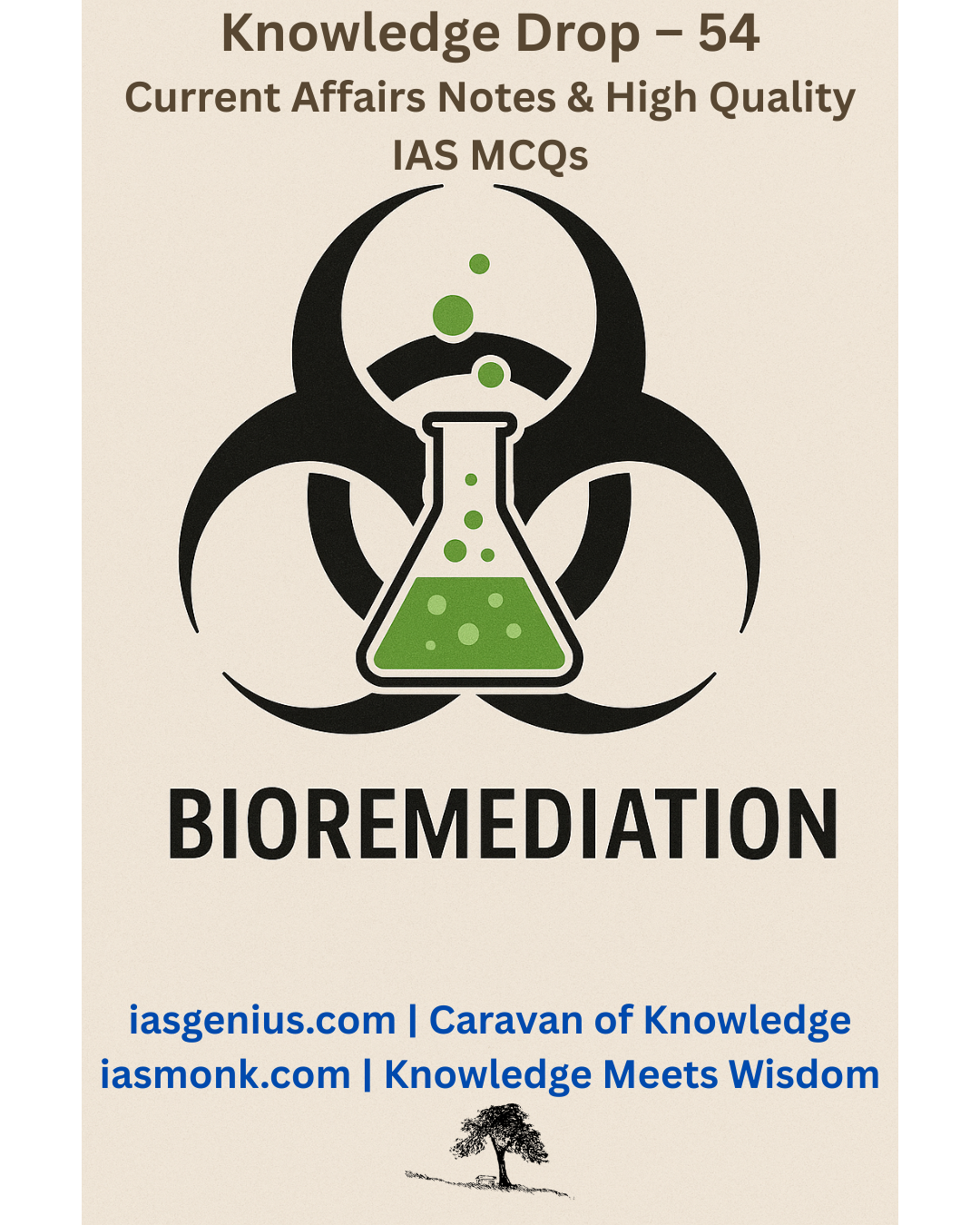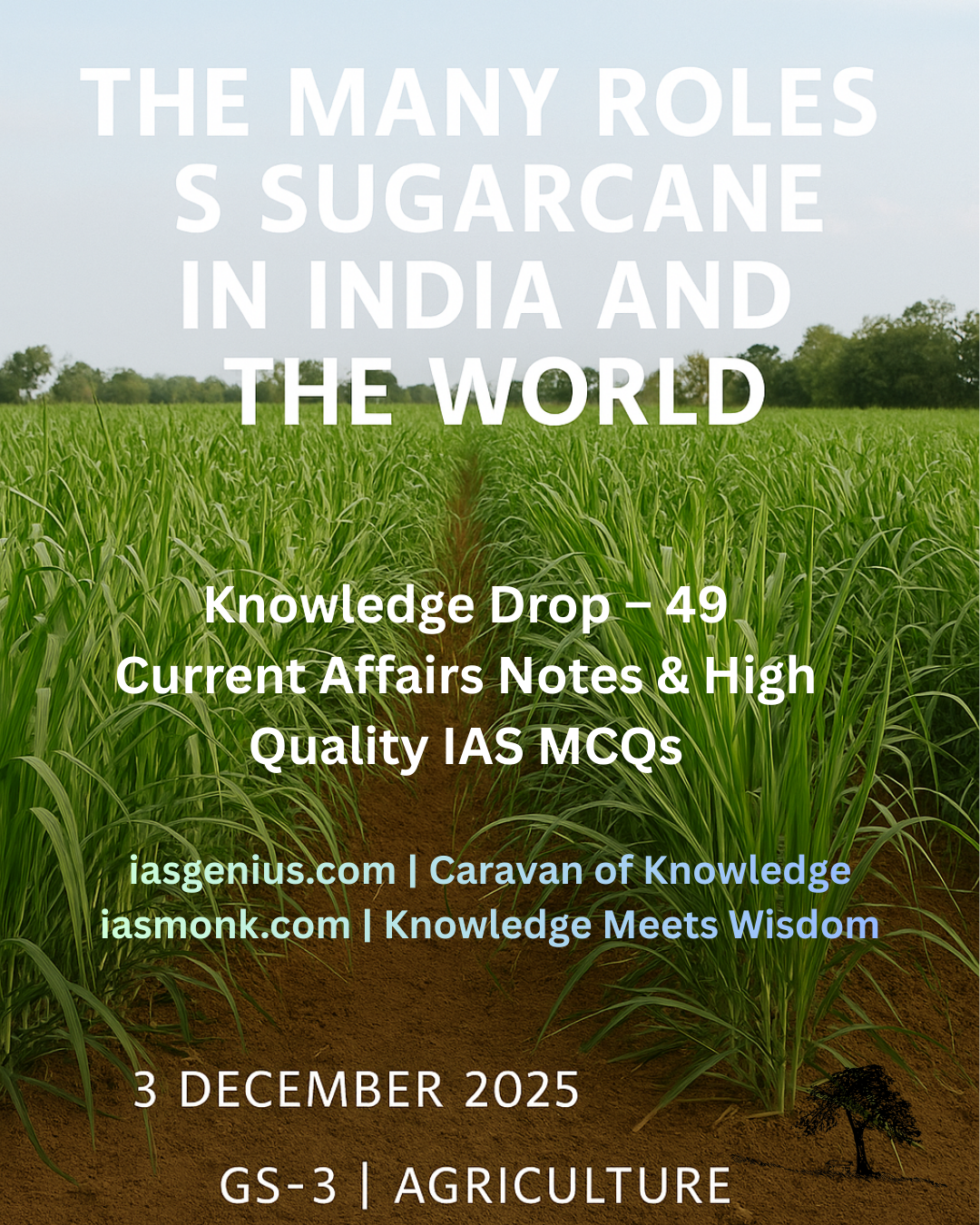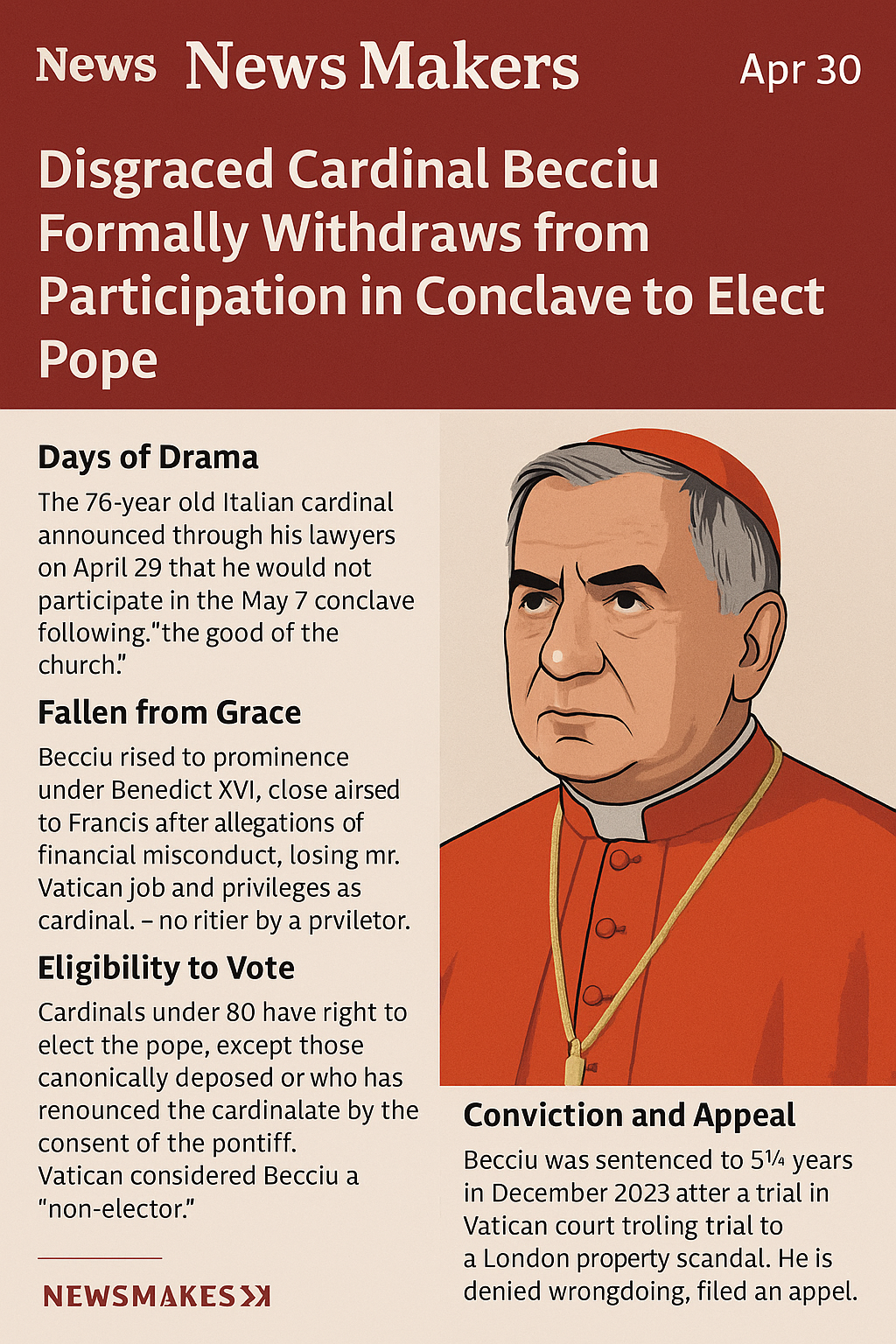
009-Apr 22, 2025 : 🕯️ The Meadow of Mourning: Terror Returns to Pahalgam
📅 April 22, 2025
📌 Highlight: Relevant Essay Attached

Thematic Focus
Internal Security | 🏞 Conflict Zones & Civilian Impact
Intro
Pahalgam, the valley of pastures and pilgrim peace, was wreathed in sorrow once again. On the bright morning of April 22, as tourists wandered the bloom-laced meadows, terror struck. Militants opened fire near the Lidder River, turning serenity into screams. Over 20 civilians lost their lives—their holidays silenced by violence.
Heroic Highlights
- Gunmen attacked tourists traveling in a convoy along the Pahalgam road near the main bazaar.
- Eyewitnesses report sudden bursts of AK-47 fire followed by panic and stampede.
- At least 20 fatalities confirmed, including 3 children and 2 women. Over a dozen injured.
- This is the deadliest attack on civilians in J&K since 2019.
- PM Modi, currently in Jeddah, called it a “cowardly assault on peace” and assured justice.
- Union Home Minister Amit Shah is rushing to Srinagar, and an NIA-led investigation has begun.
Concept Explainer
Pahalgam’s Dual Identity: Tourism & Turbulence
Located in South Kashmir, Pahalgam is both a gateway to the Amarnath Yatra and a symbol of Kashmir’s fragile normalcy. Militants often view such tourist sites as soft targets to trigger national outrage and derail peace talks.
This attack not only shakes local morale but may also influence the forthcoming Amarnath Yatra security plans and domestic discourse around Article 370-era conflict resurgence.
GS Paper Mapping
- GS Paper 3: Internal Security – Terrorism, Challenges to peace in conflict-prone regions
- GS Paper 2: Governance – Federal response mechanisms, Centre–State coordination
- Essay Paper: Role of tourism in national integration & its vulnerabilities
A Thought Spark — by IAS Monk
“What do you call a flower that never blooms again?
— A nation’s cry for a stranger who came in peace.”
In our pursuit of law and order, may we never forget that the real battle is for hope—to ensure children can laugh again in the valleys, and no traveler fears a sunrise.
ESSAY:
The Meadow of Mourning: Terror Returns to Pahalgam
“What do you call a flower that never blooms again?
— A nation’s cry for a stranger who came in peace.”
Introduction
On April 22, 2025, Pahalgam, a serene tourist destination in the Kashmir Valley, was turned into a site of tragedy. In a brutal attack near the Lidder River, armed militants opened fire on a convoy of tourists, resulting in the deaths of more than 20 civilians. Among the deceased were women and children whose only fault was seeking joy in the lap of nature. What was once a day for discovery became a day of mourning for the nation.
What Happened?
The attack occurred near the Pahalgam bazaar area in the early afternoon, a time when tourist footfall is at its peak. According to eyewitnesses, two gunmen suddenly emerged and began firing indiscriminately on vehicles. Chaos erupted—screams, stampede, and shattered windshields. Within minutes, 20 people lay dead, dozens more injured, and the lush green backdrop was stained with red.
This is the deadliest civilian attack in Jammu and Kashmir since 2019, drawing immediate condemnation from across the political spectrum. Prime Minister Modi, speaking from Jeddah during his diplomatic visit, described it as a “cowardly assault on peace.” Union Home Minister Amit Shah flew to Srinagar to assess the situation and announced a National Investigation Agency (NIA)-led probe.
Pahalgam’s Dual Identity
Pahalgam is not just a scenic valley; it is an emotional and spiritual anchor. It serves as the starting point for the Amarnath Yatra, a sacred pilgrimage for millions of Hindus. In recent years, the region has witnessed relative calm, encouraging a revival in tourism—one of the valley’s key lifelines.
But Pahalgam’s dual identity also makes it vulnerable. To extremist factions, tourist hotspots serve as soft targets. They aim to rupture the fragile peace narrative, damage the local economy, and provoke political overreach. Attacks like these are not just about the casualties—they are meant to shatter trust, confidence, and hope.
Internal Security Response
The Centre’s response has been swift. Multiple agencies including CRPF, Army, and the Jammu and Kashmir Police have cordoned off the area. Preliminary investigations suggest the involvement of a newly emerged local militant group suspected to be linked with foreign handlers.
Amit Shah announced that all Amarnath Yatra security protocols would be reviewed and that technology-based surveillance would be intensified across Kashmir’s key tourist zones. The event has reignited debates about revoking Article 370 and the extent to which peace has truly been restored in the Union Territory.
Wider Implications
Beyond the immediate tragedy, the Pahalgam attack carries long-term implications. India’s tourism-driven soft diplomacy may take a hit. Families across the country may now hesitate to travel to Kashmir. Local livelihoods, already under stress from periodic shutdowns and curfews, will face fresh uncertainty.
Additionally, this tragedy may influence regional elections, policy priorities, and discussions in international forums. India is likely to raise this issue in the upcoming UN Human Rights Council session to counterbalance frequent criticism about its handling of Kashmir.
Conclusion
Pahalgam weeps. The Lidder River flows, carrying memories of laughter silenced mid-sentence. As the nation grieves, we must remember: the soul of Kashmir lies in its valleys and villages, not in headlines or hashtags.
Security can respond. Policies can be debated. But healing takes longer—especially when it’s the innocent who bleed.
Let this not be just another tragic entry in a scroll of statistics. Let it be a moment of reckoning, of reaffirming our promise to restore peace—not just by force, but by presence, empathy, and resolve.
“May the meadows bloom again, and never again bleed.”
📘 Download this Essay as a PDF
(Currently free — soon a nominal ₹5 download fee will apply)


















